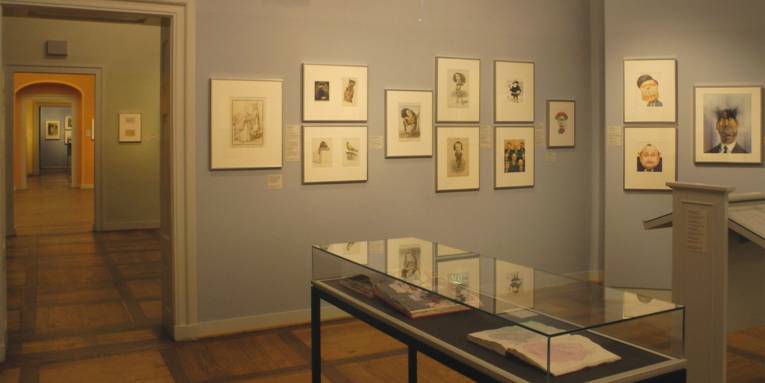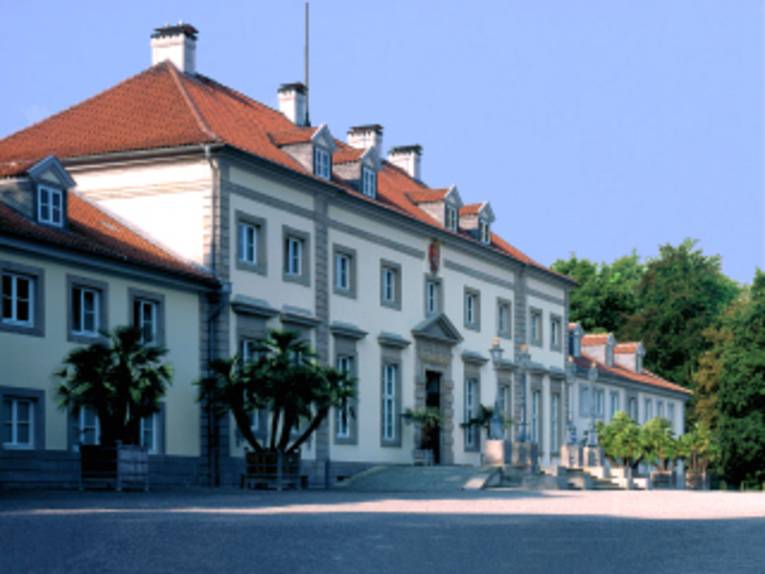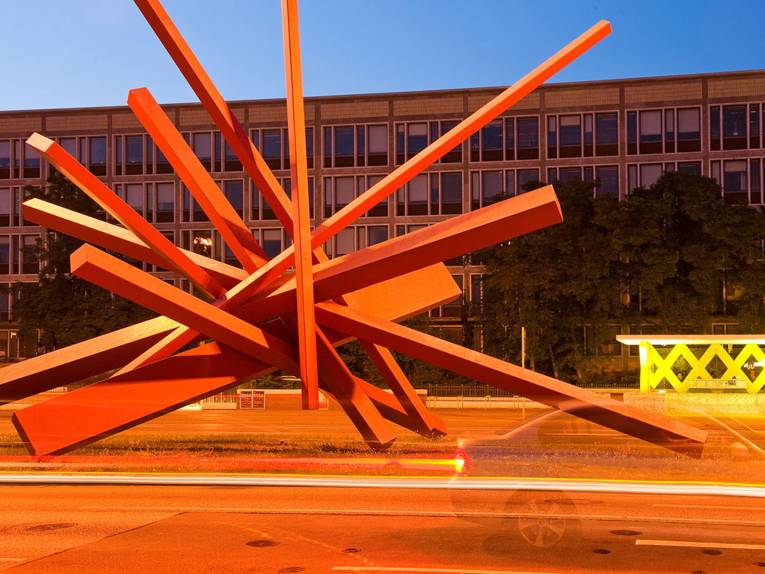The museum’s collection with caricatures and critical graphic arts has been continually expanded and now includes more than 40,000 different items. The main focuses here are on representatives of the “Golden Age” of English satire, including William Hogarth, George Cruikshank, James Gillray and Thomas Rowlandson, artists who worked for the German magazine Simplicissimus, and contemporary international satirical artists such as Tomi Ungerer, Jean-Jacques Sempé, André François, David Hughes, Steve Bell and Gerhard Haderer.
Over and above the "Wilhelm Busch - Deutsches Museum für Karikatur und Zeichenkunst" (Wilhelm Busch - German Museum for Caricature and Draftsmanship), as it is officially named, keeps the most extensive collection of works by German artist Wilhelm Busch (1832–1908), born in a small village near Hanover. He became worldwide famous for his picture story (“Bildergeschichte”) Max und Moritz from 1864, being one of the most influential ancestors of modern comic-strip art. The Busch-collection contains the bigger part of his artistic complete works: drawings, paintings, manuscripts and printed copies of his writings, including the sketches and drawings for Max und Moritz and other picture stories.
The museum is housed in the Wallmodenpalais (built in 1779 to 1782), idyllically located right in the middle of an English landscape garden, the so-called Georgengarten, forming part of the world-famous royal Herrenhäuser Gärten.
(Source: Wilhelm Busch - Deutsches Museum für Karikatur und Zeichenkunst)
 Deutsch
Deutsch
 English
English
 中文
中文
 Danish
Danish
 Eesti
Eesti
 Español
Español
 Suomi
Suomi
 Français
Français
 Italiano
Italiano
 日本語
日本語
 한국
한국
 Nederlands
Nederlands
 Norge
Norge
 Polski
Polski
 Portugues
Portugues
 Русский
Русский
 Svenska
Svenska
 Türkçe
Türkçe
 العربية
العربية
 Romanesc
Romanesc
 български
български
 © Wilhelm Busch Deutsches Museum für Karikatur & Zeichenkunst
© Wilhelm Busch Deutsches Museum für Karikatur & Zeichenkunst  © Quelle: Wilhelm Busch - Deutsches Museum für Karikatur und Zeichenkunst
© Quelle: Wilhelm Busch - Deutsches Museum für Karikatur und Zeichenkunst © HMTG/Kirchner
© HMTG/Kirchner